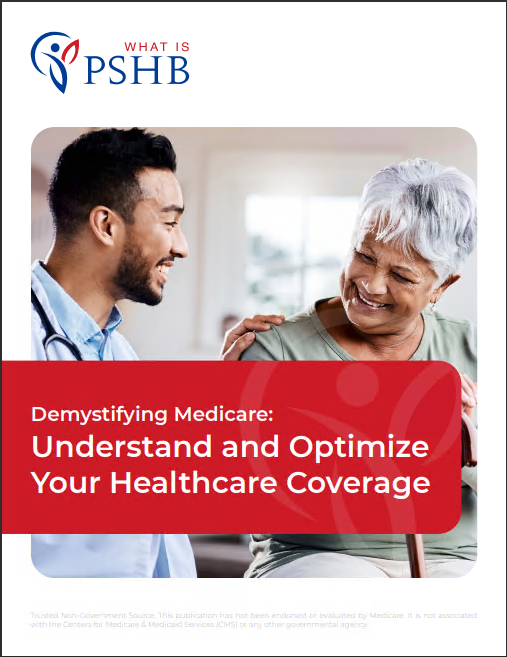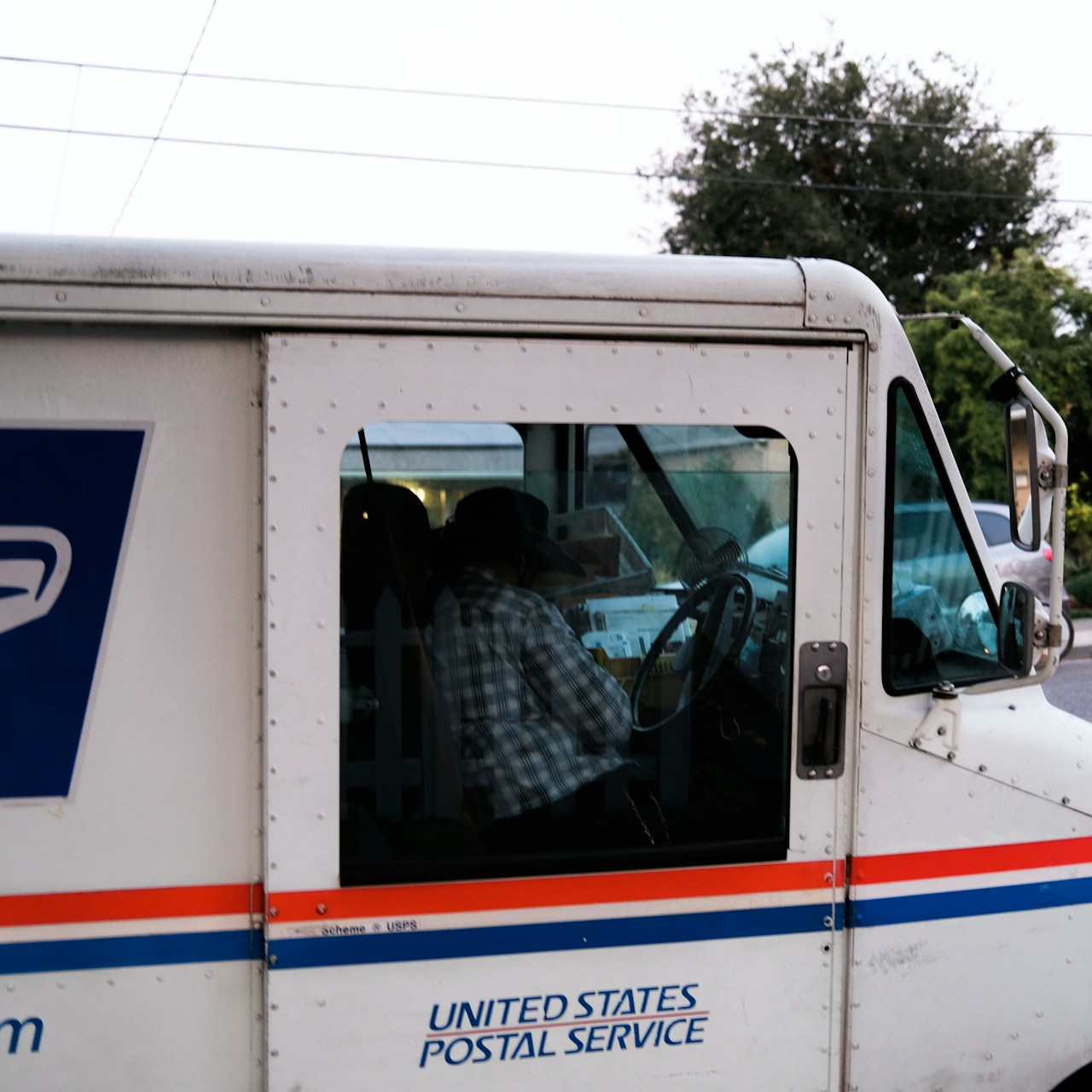Key Takeaways:
-
Medicare Part D works differently within the Postal Service Health Benefits (PSHB) program, and understanding your options can help you manage prescription drug costs effectively.
-
Enrolling in Medicare Part B may impact how your PSHB plan integrates with Medicare Part D, potentially lowering your out-of-pocket expenses.
Breaking Down Medicare Part D in the PSHB System
The Postal Service Health Benefits (PSHB) program brings some major changes to your healthcare coverage, and if you’re a Medicare-eligible postal retiree, you’re probably wondering how Medicare Part D fits into all of this. Since prescription drug coverage can be one of the biggest expenses in retirement, knowing what options are available under PSHB can make a significant difference in how much you pay for medications.
What Is Medicare Part D?
Medicare Part D is the prescription drug coverage program under Medicare. It helps cover the cost of prescription medications and is provided by private insurance companies that contract with Medicare. In 2025, the biggest change to Part D is the elimination of the coverage gap (also known as the “donut hole”), which means beneficiaries will no longer face high out-of-pocket costs after reaching a certain spending threshold.
How Medicare Part D Works in PSHB
Under the PSHB program, if you are a Medicare-eligible postal retiree or a covered family member, you will be automatically enrolled in a Medicare Part D plan through a Medicare Employer Group Waiver Plan (EGWP). This ensures you receive the benefits of Medicare Part D while keeping your PSHB coverage intact. Here’s what that means for you:
-
Automatic Enrollment – If you’re enrolled in PSHB and are eligible for Medicare, you will be automatically enrolled in a Medicare Part D EGWP. There is no need to search for a separate plan.
-
Prescription Drug Savings – Many PSHB plans that include Medicare Part D offer lower copayments and may waive deductibles for prescription drugs.
-
Coordination with Medicare Part B – If you have Medicare Part B, your out-of-pocket costs for medications could be reduced further under certain PSHB plans.
Costs and Coverage: What to Expect
Medicare Part D plans have different cost structures, including premiums, deductibles, copayments, and coinsurance. Here’s how those costs play out in 2025:
-
Annual Deductible – The maximum deductible allowed under Medicare Part D is $590 in 2025. Some PSHB plans may waive or reduce this amount.
-
Initial Coverage Phase – After you meet the deductible, your plan covers a portion of your medication costs until you reach the out-of-pocket spending threshold.
-
Catastrophic Coverage Phase – Thanks to the changes in 2025, once you hit $2,000 in out-of-pocket prescription drug costs, you won’t have to pay any more for covered medications for the rest of the year.
Choosing the Right PSHB Plan with Medicare Part D
Since PSHB plans vary in coverage, it’s essential to review the plan options available to you. Some key factors to consider include:
-
Formulary Coverage – Each plan has a list of covered medications (formulary). Check that your prescriptions are included.
-
Pharmacy Network – Some plans offer lower costs at preferred pharmacies. Make sure your preferred pharmacy is in-network.
-
Additional Benefits – Some PSHB plans provide enhanced benefits when combined with Medicare, such as reduced copays or reimbursements on Medicare Part B premiums.
What Happens If You Opt Out of Medicare Part D?
While most Medicare-eligible postal retirees are automatically enrolled in Medicare Part D under PSHB, you do have the option to decline it. However, opting out may mean:
-
Losing prescription drug coverage through PSHB.
-
Having to find a separate Medicare Part D plan, which may not offer the same cost savings.
-
Potentially facing late enrollment penalties if you choose to enroll in Part D later.
How Medicare Part B Affects Your Prescription Costs
If you are enrolled in Medicare Part B, you may see some additional benefits in your prescription drug costs under PSHB. Many medications, especially those administered in a clinical setting (such as chemotherapy drugs), may be covered under Part B rather than Part D, reducing your out-of-pocket expenses. Some PSHB plans also provide partial reimbursements for your Medicare Part B premium, further lowering your overall healthcare costs.
Comparing PSHB and Standalone Medicare Part D Plans
Since you’re automatically enrolled in Medicare Part D through PSHB, you won’t need to shop for a standalone Medicare Part D plan. However, if you’re comparing coverage, here’s how they differ:
| Feature | PSHB with Medicare Part D | Standalone Medicare Part D Plan |
|---|---|---|
| Automatic Enrollment | Yes | No |
| Premium Assistance | Sometimes | No |
| Drug Cost Reductions | Often lower | Varies by plan |
| Medicare Coordination | Yes | No |
What to Do During Open Season
The PSHB Open Season, which runs from November 11 to December 13, 2025, is your opportunity to review and make changes to your health plan. If you are Medicare-eligible, this is the time to:
-
Confirm your enrollment in a PSHB plan with Medicare Part D benefits.
-
Review changes to drug formularies, copays, and out-of-pocket costs.
-
Compare available plans to see which offers the best value for your needs.
How to Get Help Choosing a Plan
Navigating Medicare Part D within the PSHB program can feel overwhelming, but you don’t have to do it alone. A licensed agent listed on this website can help you compare plans, understand your prescription drug coverage, and ensure you’re maximizing your benefits.










